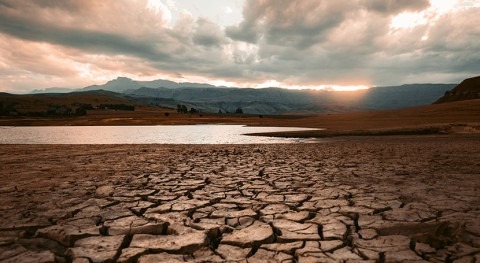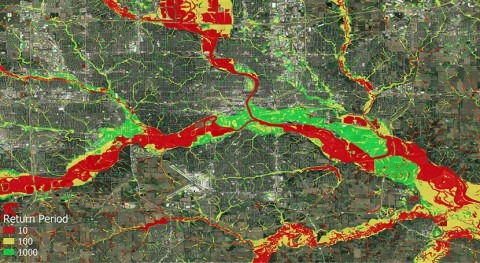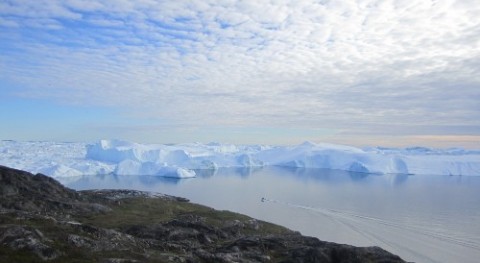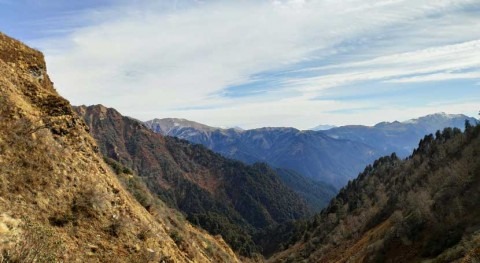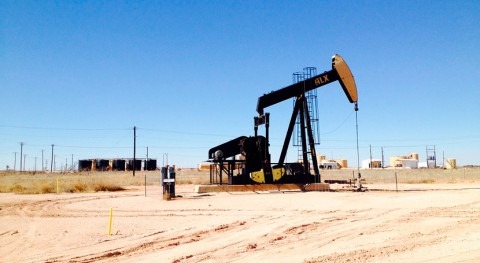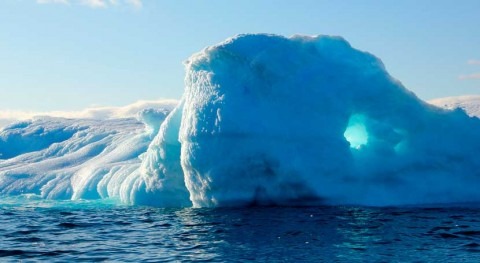Despite decades of research, what will happen to rainfall in years to come remains unknown, and severe floods, as well as prolonged droughts, are already defying expectations.
Today, in a paper published in Nature Climate Change, experts argue that the answers exist but a huge joint international investment in resources, expertise, and infrastructure – amounting to an estimated $250 million annually – is urgently needed to develop much more advanced climate models.
Lead author Dame Julia Slingo, of the University of Bristol’s Cabot Institute for the Environment, said: “The basis around which climate models have been built over the last 30 years misses some fundamental physics that we now know is essential for reliable predictions.
“The solution is within our grasp; we must take a quantum leap from our current 100 kilometre-scale global climate models to 1 kilometre-scale models. At these scales, the complex physics of rain-bearing systems is properly represented for the first time, with consequences that reach far beyond the future of our water, to many aspects of climate change.”
The international team presents a case for the creation and resourcing of a federated group of leading modelling centres, linked to dedicated, pioneering Exascale computing and data facilities. This sophisticated climate prediction system would serve all nations, providing robust evidence across all aspects of climate change.
Professor Stephen Belcher, co-author and Chief Scientist at the UK Met Office, said: “The scale of the task is formidable. Even though our scientific understanding has moved on, as have the technological developments in computing and data storage, this endeavour requires an international effort.”
Beyond floods and droughts, changes in the seasonality and natural variability of rainfall can have profound effects on many living systems, in turn threatening food security, water security, health, and infrastructure investments. Yet how little we know about the future of our water was crystalized in the recent Assessment Report of the IPCC; this showed, yet again, substantial uncertainties in rainfall changes, especially at regional and local scales.
Professor Thomas Stocker, co-author and a former Chair of an IPCC Assessment Report working group, said: “The twin goals of Net Zero and climate resilience require a substantial acceleration in the delivery of reliable and actionable climate information, particularly for the most vulnerable regions. The current climate models cannot provide this, but global investment and scientific partnerships in kilometer-scale global modelling will make this a reality.”
Co-author Paul Bates, Professor of Hydrology at the University of Bristol, added: “This proposed investment pales into insignificance against climate-related losses, even today. It represents about 0.1% of the estimated annual costs of hydrological extremes, not counting for the lost lives, and these costs will only rise as climate change continues to bite.”




